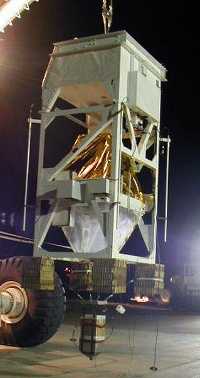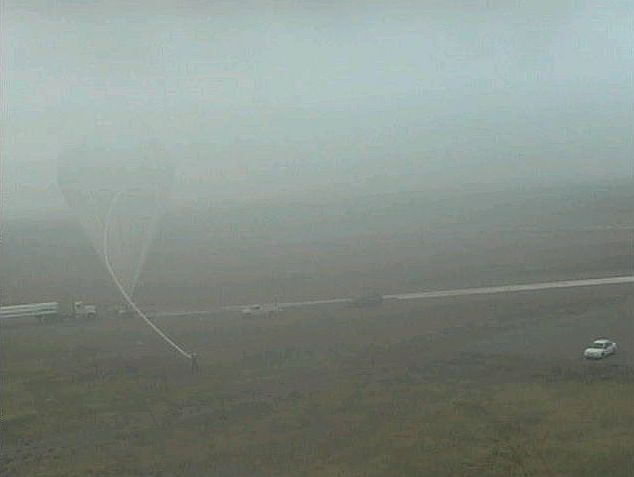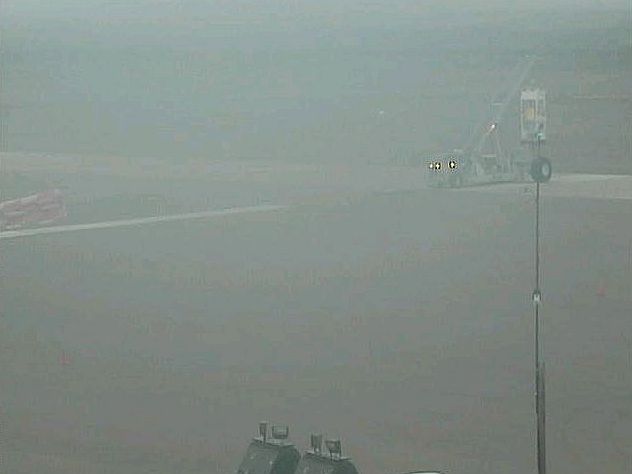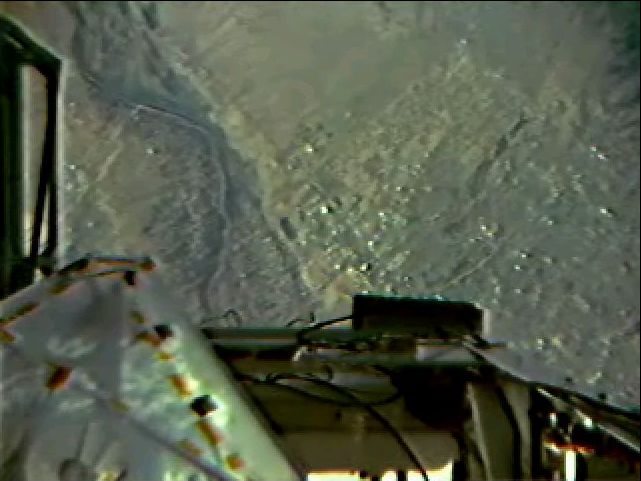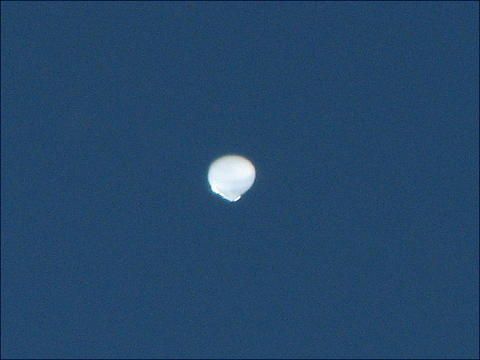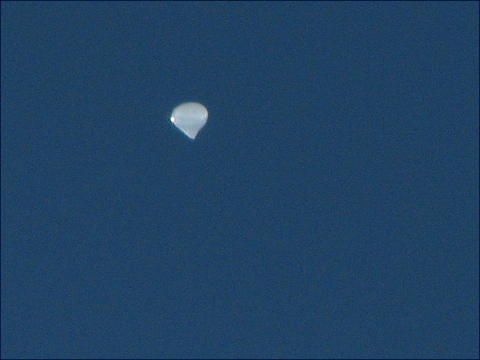Purpose of the flight and payload description
The SBI (Solar Bolometric Imager) is a solar telescope equipped with an innovative bolometric detector that is capable of recording images with a high angular resolution in total photospheric light. SBI provides the first opportunity to bolometrically image brightness variations at the solar photosphere, allowing to determine the contribution of magnetic as well as non-magnetic solar thermal structures to the total solar irradiance (TSI) variation. The knowledge of this irradiance is a key issue for scientists because it heats directly the troposphere being the most direct effect of the Sun on the Earth.
The SBI consists of a 30 cm aperture F/12 Dall-Kirkham telescope feeding a 320 x 240 element thermal detector array. The telescope primary and secondary Pyrex mirrors are uncoated; first, to reduce the sunlight to the level suitable for the detector and second, because of the favorable reflection properties of bare Pyrex.
The detector is an array of ferroelectric thermal IR elements modified by deposition of a thin coat of gold-black wich is a colloidal form of gold that exhibits excellent photon absorption characteristics.
Incident radiation is uniformly absorbed and its energy is redistributed by the gold-black as thermal emission. The thermal emission is detected by the underlying thermal IR barium-trontium-titanate (BST) imaging array to produce an essentially flat response across all wavelengths
from the UV to beyond 10 um in the IR.
Because of the relatively small size of the detector array the actual field of view of the instrument is only 91700 x 68700, and to obtain a full image of the Sun (96000 in diameter) it is necessary to create a mosaic image with the telescope pointing at 10 diferent locations on the solar disk.
After development of a ground based prototype, the SBI was modified for balloon flight housing it inside the observing platform (gondola) attached with a mount that allows to tilt the instrument in elevation. This gondola was previously used for the Flare Genesis Experiment project, but retrofitted to house and control the SBI telescope and detector.
To point the instrument at the Sun in azimuth the entire gondola is rotated around its vertical axis by means of a reaction wheel. In addition to providing pointing for the telescope the gondola houses all the electronics and mechanisms necessary to operate the instrument, to store the data and to transmit telemetry to the ground, as well as receiving commands.
Power is provided by a series of photovoltaic cells.
Details of the balloon flight
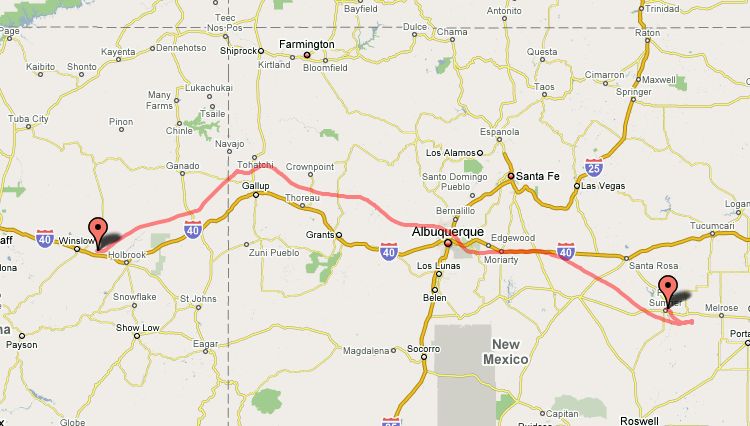
Balloon launched on: 9/13/2007 at 13:40
Launch site: Scientific Flight Balloon Facility, Fort Sumner, (NM), US
Balloon launched by: Columbia Scientific Balloon Facility (CSBF)
Balloon manufacturer/size/composition: Zero Pressure Balloon
Flight identification number: 574N
End of flight (L for landing time, W for last contact, otherwise termination time): 9/14/2007 at 6:50
Balloon flight duration (F: time at float only, otherwise total flight time in d:days / h:hours or m:minutes - ): ~ 17 h
Landing site: East of Winslow, Arizona, USA
The balloon was launched by dynamic method assisted by launch vehicle on September 13 at 13:40 UTC.
After a nominal ascent phase the balloon started to flight due west as can be seen in the map at right (click to enlarge). After a while the flight route started to turn slighty northward so in the afternoon, the balloon was located over Albuquerque and was clearly visible from the city and nearby places with naked eye.
After a total flight time of near 17 hours the balloon was terminated a few miles east of Winslow, Arizona.
External references
- SBI website Johns Hopkins University Applied Physics Laboratory
- A Model of Solar Irradiance Variation Using Broad Band Measurements of Facular Photomotric Contrast ApJ (submitted)
- Finding the Sources of irradiance variation at sunspot minimum Mem. S.A.It. 76, 907, 2005
- Planetscope: An Exoplanet Coronagraph on a Balloon Platform Proc. of SPIE Vol. 7010, 70103S, (2008) � 0277-786X/08
- Sun's Energy Focus of New Airborne Telescope Johns Hopkins University Applied Physics Laboratory web site
- The Solar Bolometric Imager Adv. Space Res. 33, 1746, 2004
- Total-light imager with flat spectral response for solar photometric measurements Appl. Opt. 40(7), 1138, 2001
2702If you consider this website interesting or useful, you can help me to keep it up and running with a small donation to cover the operational costs. Just the equivalent of the price of a cup of coffee helps a lot.

